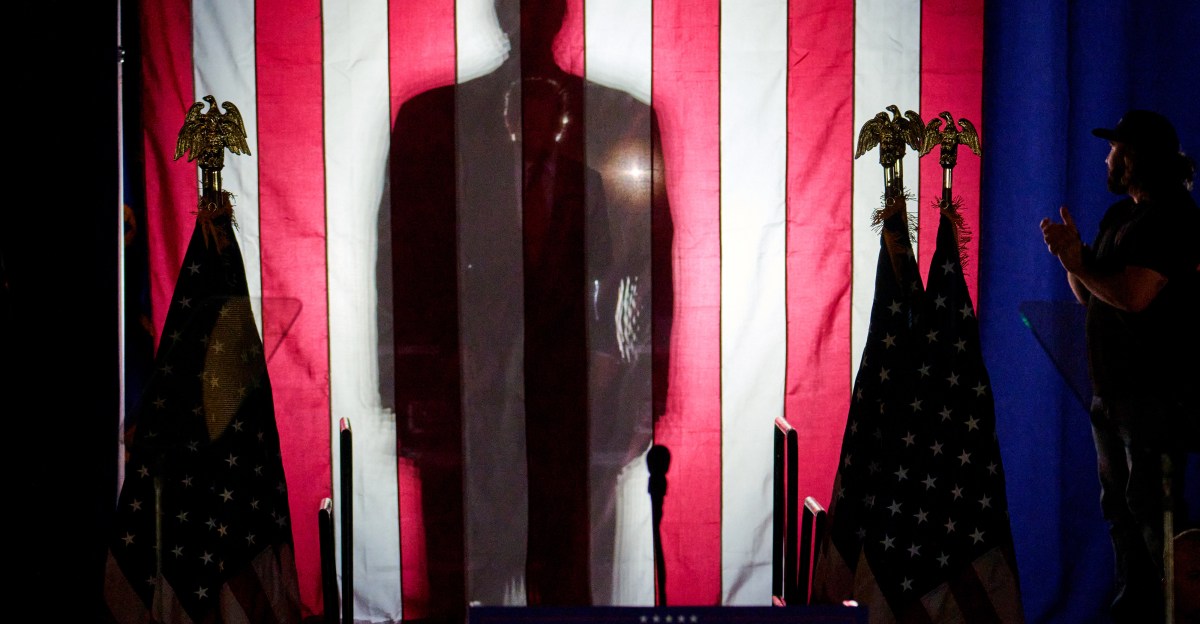Imagine being denied the prospect to form your future — not since you lack the power or willpower, however as a result of the world round you was by no means designed to incorporate you. Such is the fact for hundreds of thousands of women with disabilities throughout Sub-Saharan Africa: women who’re desperate to be taught and contribute but stay on the margins of our schooling techniques.
Take Mkarye, for instance. She grew up in rural Kilifi, Kenya — a vivid, decided scholar with a mobility impairment and a robust want to be taught. On her first day of college, she arrived with nice hope. But that hope quickly met sensible limitations: there have been no ramps, solely steep steps that she couldn’t navigate alone. Teachers, usually unprepared and unsupported, didn’t know tips on how to assist her thrive. Classmates didn’t all the time perceive her wants. At house, her dad and mom, like many households going through monetary hardship, needed to make tough decisions. With restricted assets, they prioritized her nondisabled sister’s education. Mkarye’s schooling ended far too quickly — not as a result of she lacked motivation, however as a result of structural and social limitations left her behind.
Table of Contents
Exclusion of Children with disabilities
Mkarye’s expertise is way from remoted. In Sub-Saharan Africa, round 90% of youngsters with disabilities don’t attend faculty, and women with disabilities are among the many most affected. They face a double drawback: the limitations related to incapacity and the persistent gender norms that also undervalue women’ schooling.
When households should select, they usually prioritize investing in boys’ schooling or youngsters with out disabilities. Meanwhile, stigma and restricted group consciousness proceed to push women with disabilities out of lecture rooms and into early marriage or home obligations.
While many nations have taken needed coverage steps — for instance, Kenya’s 2018 National Education Sector Strategic Plan commits to inclusive schooling — progress stays uneven on the bottom. Many colleges nonetheless lack accessible infrastructure and assets. Teachers usually don’t obtain the coaching or assist wanted to deal with numerous studying wants. And too usually, analysis and coverage discussions deal with gender and incapacity as separate points, lacking how these elements intersect to form women’ alternatives.
Efforts to enhance outcomes
Longitudinal research present that interventions like scholarships can enhance outcomes for ladies. For instance, scholarship applications in Niger (2017–2020) elevated women’ secondary enrollment and delayed early marriage.
Similar initiatives in Ghana raised senior secondary faculty completion charges by practically 70% and improved girls’s participation within the workforce. Yet, information disaggregated by incapacity stays scarce, leaving us unsure about whether or not women with disabilities like Mkarye profit equally from these efforts.
So, what can we do? First, we should acknowledge that incapacity and gender overlap and compound one another. Research should seize this intersection, gathering and analyzing information that reveals how women with disabilities are faring over time.
Schools should turn out to be bodily accessible and socially inclusive, making certain that no baby is turned away because of a incapacity.
Teachers want coaching and sensible abilities to deal with each disability-related and gender-specific wants of women.
In addition, households want clear info, assist, and encouragement to take a position equally within the schooling of all their youngsters.
Finally, we should look past main education. If we’re critical about breaking cycles of poverty and exclusion, we should assist women with disabilities by means of secondary faculty, into vocational coaching or greater schooling, and onward to significant employment.
Mkarye — and the hundreds of thousands of women like her — have each proper to an schooling that equips them to construct their futures. Turning coverage guarantees into sensible motion is the following crucial step — and it’s a step we should take collectively.
This article was written by Amani Karisa and Charity Waweru-Mwangi. Amani is an Associate Research Scientist on the African Population and Health Research Center (APHRC) whereas Charity is a Communications Officer at APHRC.












